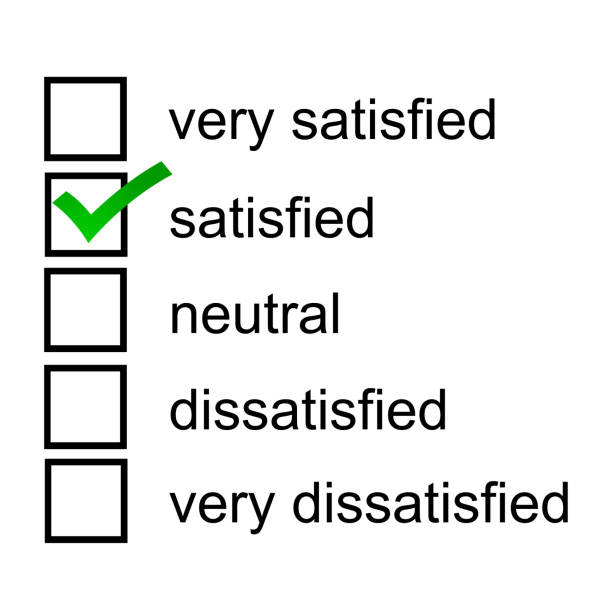Examples of scale questions for surveys and assessments

Introduction
Likert Scale questions (also known as scale questions), are crucial instruments for researchers and professionals across a myriad of fields. Whether you’re gauging customer satisfaction, conducting academic research, or seeking feedback on a new product, scale questions provide quantitative and qualitative insights. This guide will unfold the art and science behind scale questions, supported by relevant examples and backed by real-world applications.
Scale Questions Examples
That’s a classic example of a scale question, is being asked to rate a product or service on a scale of 1 to 5. They help capture the intensity of feelings or opinions about a particular topic. A typical scale question might look something like:
>”On a scale of 1 to 7, where 1 is ‘Not Satisfied at All’ and 7 is ‘Extremely Satisfied’, how would you rate our customer service?”
This allows respondents to give nuanced feedback rather than a simple yes or no.
Why Scale Questions Are Crucial
Quantifiable Data: They convert qualitative feedback into quantifiable data, enabling statistical analysis.
Flexible: Scales can be adjusted depending on the granularity of feedback required.
Consistent Feedback Mechanism: Ensures a uniform feedback mechanism across different respondent groups.
Crafting the Perfect Scale Question
The devil, they say, is in the details. Crafting an effective scale question involves:
Choosing the Right Scale: From binary scales (yes/no) to 7-point scales, choose what aligns with your objective.
Clarity is King: Keep the language simple and avoid jargon.
Neutral Options: Offering a middle or neutral option can be crucial for those on the fence.
Examples of Different Scale Types
Binary Scale: Did you like our service? Yes/No.
5-Point Scale: How satisfied are you with our product? (Very Dissatisfied to Very Satisfied)
7-Point Scale: Rate your experience with our website. (1-7)
Balancing Scale Questions with Open-Ended Queries
Scale questions should be paired with open-ended questions so that we can acquire both quantifiable data, and deeper insights. For instance, after asking someone to rate a service, a follow-up could be: “What did you like most about our service?”
Potential Pitfalls and How to Avoid Them
Leading Questions: Avoid framing questions that lead respondents to a particular answer.
Too Many Options: Overwhelming respondents with too many scale points can lead to inaccurate feedback.
Ambiguous Language: Ensure each scale point is distinct from the others.
Analyzing and Interpreting Scale Data
The very next step after procuring your responses is to:
Calculating Averages: Gives an overall sense of sentiment.
Identifying Outliers: Understanding extreme opinions can offer valuable insights.
Segmented Analysis: Break down data by demographics or other parameters to glean specific insights.
The Evolution of Scale Questions
Scale questions have changed over time and have presently settled on visual elements like emojis. It’s fascinating how a simple “😃 to 😢” scale can communicate feelings effectively.

Scale Questions in Digital Feedback Tools
Today’s digital platforms, from Google Forms to advanced Customer Relationship Management (CRM) systems, have in-built scale questions templates, making it easier for users to incorporate them.
FAQs
- How many scale points should I include in my question?
Typically, 5 to 7 scale points are recommended. However, it depends on the depth of feedback you’re seeking.
- What is the difference between a scale question and a multiple-choice question?
While both can have multiple options, scale questions gauge intensity, whereas multiple-choice questions offer distinct, unrelated choices.
- Is it essential to have an odd number of scale points?
Not necessarily, though having a middle option can be beneficial for respondents who feel neutral.
- How do I know if my scale question is effective?
If it provides clear, actionable feedback that aligns with your research goals, it’s effective.
- Can scale questions be used in any industry or field?
Absolutely! From academic research to customer feedback, scale questions have diverse applications.
- Why do some online surveys use emojis in their scale questions?
Emojis provide a visual, relatable way to express feelings, especially on digital platforms.
Conclusion
More than serving as a tool to collect feedback, scale questions act as a really powerful means of connecting providers with users educators with students and so on. Understanding their nuances and applying the insights from this guide, you’re well on your way to mastering the art of scale questions.
External Links/ Sources:
